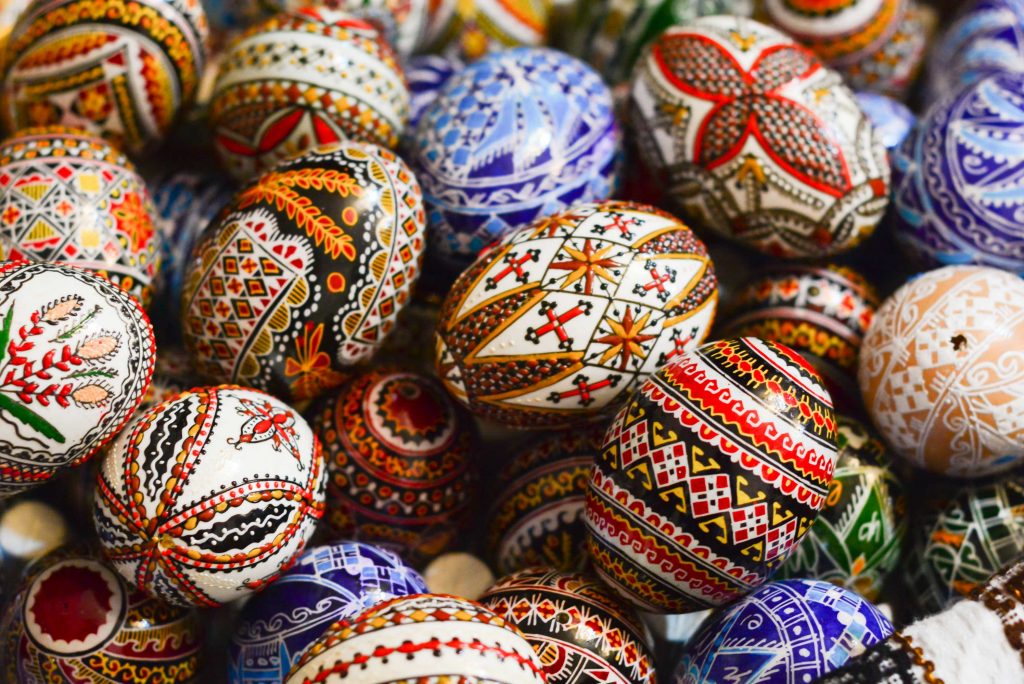Protecting the Season: An Overview of Easter-Related Intellectual Property
As Easter is fast approaching, I decided to do a bit of digging into Easter and how it relates to the world of Intellectual Property. Yes, you read right, Easter and IP. As sorely I am tempted to discuss mainly Easter recipes and traditions around the world, this is a copyright blog after all.
Here goes.

Easter Eggs and the Easter Bunny
Who would have thought the humble Easter egg could cause mayhem in the IP world?! Traditionally, Easter eggs are a combination of ancient Pagan beliefs and Christian symbolism. Eggs have long been associated with new life and rebirth, and the tradition of decorating eggs and giving them as gifts dates to at least the 13th Century. Christians later adopted the egg as a symbol of Jesus’s resurrection.
So how does the humble Easter egg cause chaos in the IP world? Well, if you create an original Easter egg design, that design can be protected by copyright law and trademark law. Think of the Lindt chocolate bunny. It is iconic for Lindt, and it is intrinsically linked with the Lindt brand. While the sitting bunny cannot be protected, Lindt has managed to protect the gold colour of the foil the bunny is wrapped in, causing some issues with a previous case which was initially dismissed i.e. no protection for the sitting bunny itself.
Another case happened in 2010, when Cadbury and Nestle were involved in a trademark dispute over the use of the colour purple on their Easter egg packaging. Cadbury had registered a specific colour purple as a trademark, which Nestle argued caused issues. However, the court ruled in Cadbury’s favour.
In Central and Eastern Europe, eggs can be extremely elaborately decorated. Indeed, no Romanian Easter table is complete without the iconic red (symbolism for blood) painted eggs. In some areas of Romania (and other countries, however, since I am Romanian, I might be excused for promoting my country first) it is an art form, and it is called ouă încondeiate. While this type of decoration is protected only as intangible cultural heritage, different artists can of course protect their designs if those are original enough; some of these eggs have become works of art.

Traditional recipes
Most traditional Easter recipes would have been handed down through generations, and while recipes themselves cannot be protected by copyright, they can however be protected by trade secrets, think of the secret Coca Cola recipe.
Did you know that there is a patent for Hot Cross Buns? Yes, you did read that correctly. The application of the cross on the buns is patented.
Lamb dishes are a staple of the Easter dinner table (unless you are vegetarian). In Italy for example, there is a lamb preparation typical of the Roman cuisine, called abbacchio which is protected by the European Union with the PGI (Protected Geographical Indication) mark, a new form of IP.
If these tasty protections have whet your appetite, why not have a look at the EU’s GI cookbook ‘Sensational’ and enjoy an IP taste feast.

Who would have thought that Easter could be fraught with so many IP traps?! All this talk of trademarks and copyrights makes you wonder if the Easter Bunny has a legal team on retainer.
Whether you’re celebrating Easter with vibrant traditions, observing another cherished holiday this season, or simply enjoying the arrival of spring, may your time be filled with joy, laughter, and connection. And while the world of Intellectual Property might seem like a surprising guest at our festive tables, let’s raise a (carefully chosen, non-infringing) glass to a season of happiness for all.
Happy holidays!

The information contained in this blog post should be taken as recommended advice or guidance but should not be taken as legal advice. If in any doubt please seek proper legal advice.
Open Research
Copyright, Open Access and all things Open Research